Pink Aglaonema Plant – with Pot
Original price was: ₹899.00.₹359.00Current price is: ₹359.00.
- Free Shipping
- Same Day Delivery
Aglaonema is a genus of flowering in the arum family, Araceae .They are native to tropical and subtropical regions of Asia and New Guinea. They are known commonly as Chinese evergreens.
Common Name: Pink Aglaonema, Chinese Evergreen plant
Family: Araceae
Plant Type: Foliage & Air Purifying Plant
Plant Hieght: Upto 1.5 ft
Note: Pots will be provided as per the requirement of the plant.
Check Availability AT.
Description
Aglaonema is a genus of flowering in the arum family, Araceae. They are native to tropical and subtropical regions of Asia and New Guinea. They are known commonly as Chinese evergreens.
Product Delivery Information:
Care Instruction:
Always be sure to assess your plant’s watering needs upon receiving it. Before giving your plant a drink, it is best to check the moisture level in the soil first using your finger or a soil probe. You may also consider aerating the soil of your plant before the initial watering. We compact the soil to avoid shifting during transit, so aerating can help the soil breathe and allow moisture to be released.
Aglaonema like to dry out between waterings, so feel the soil with your finger a few inches down to ensure it isn’t moist right beneath the surface. If your plant is in a bright location, then you will want to water it when the soil is dry halfway down the root mass (if you have a taller planter, sometimes moisture can build up in the bottom of the container so keep that in mind). If you have your plant in fluorescent or lower light conditions, then it’s best to let the soil dry out almost all the way to the bottom of the pot before watering thoroughly.
Be weary of overwatering with this plant as it can be prone to root rot. The key signs of overwatering are yellowing or mushy stalks or leaves. If you find this occurring then it’s best to let the soil dry out completely before watering again, and to follow careful watering patterns going forward.
Rotate your plant periodically to ensure even growth on all sides and dust the leaves often so the plant can photosynthesize efficiently. This is especially important if the plant is in a lower light location, as the plant’s ability to photosynthesize is decreased in lower-light conditions. When dusting the leaves, also take the opportunity to inspect the undersides and keep an eye out for pests.
Remember each plant is a unique living thing and may have varying needs, many of which are dependent on a plant’s specific location. Pay attention to the condition of your Aglaonema and its watering needs and you will have a long and happy relationship.
FAQs:
Help! My Aglaonema has yellow or brown leaves shortly after receiving it.
- This is most likely due to transplant shock. Transplant shock is totally normal, and almost all plants experience some form of it by losing a few leaves or showing some discoloration upon arriving to a new environment. Prune off any unsightly leaves and be sure to follow the plant’s specific care instructions. If the problem persists, then the lighting and/or watering patterns may need adjusting.
Why are my Aglaonema leaves drooping?
- Droopy leaves can be an indication of insufficient lighting or improper watering. If receiving too much direct sun, Aglaonema foliage may curl under for protection against sunburn. In insufficient light, the leaves can also begin to wilt and show signs of weakness. A combination of yellow and brown leaf margins, moist soil, and droopy leaves is often a result of too much water. Crispy, fully yellow or brown leaves and dry soil is typically a result of too little water. If you are experiencing these symptoms, refer to the Aglaonema care guide and adjust either lighting or watering as needed.
Why are the stalks of my Aglaonema turning yellow and brown?
- This is most frequently caused by too much moisture being held in the soil, causing the roots to rot. Aglaonema stalks retain water for the plant in periods of drought. If there is too much water in the soil and the stalks are also full of water, this can cause the plant to rot. In this case, hold off on watering, aerate (or in severe cases replace) the soil, and prune away any rotting stalks. Water the plant again only when the soil has dried completely throughout the pot.
How often should I fertilize my plant?
- In general, houseplants will thrive when they are fertilized Spring through Fall. Fertilize once every 6 weeks with an organic houseplant fertilizer, following the package instructions for dilution and administration. Greenery Unlimited uses an organic potting mix with a slow release fertilizer in the soil, so your plant will not need fertilizer within the first 6 months of receiving it.
Additional information
| Weight | 1.5 kg |
|---|---|
| Dimensions | 35 × 18 × 35 cm |
Only logged in customers who have purchased this product may leave a review.
You may also like…
-
- -55%
- Desktop, Dracaena, Good Luck, Indoor Plant, Official, Plants
Nurturing green Lucky bamboo plant with Pot
- Original price was: ₹769.00.₹349.00Current price is: ₹349.00.
- Add to basket
-
- -41%
- Flowering Plants, Indoor Plant, offer, Official, Outdoor Plant
Croton Petra Plant(Yellow) with Pot
- Original price was: ₹589.00.₹349.00Current price is: ₹349.00.
- Add to basket

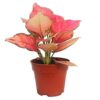

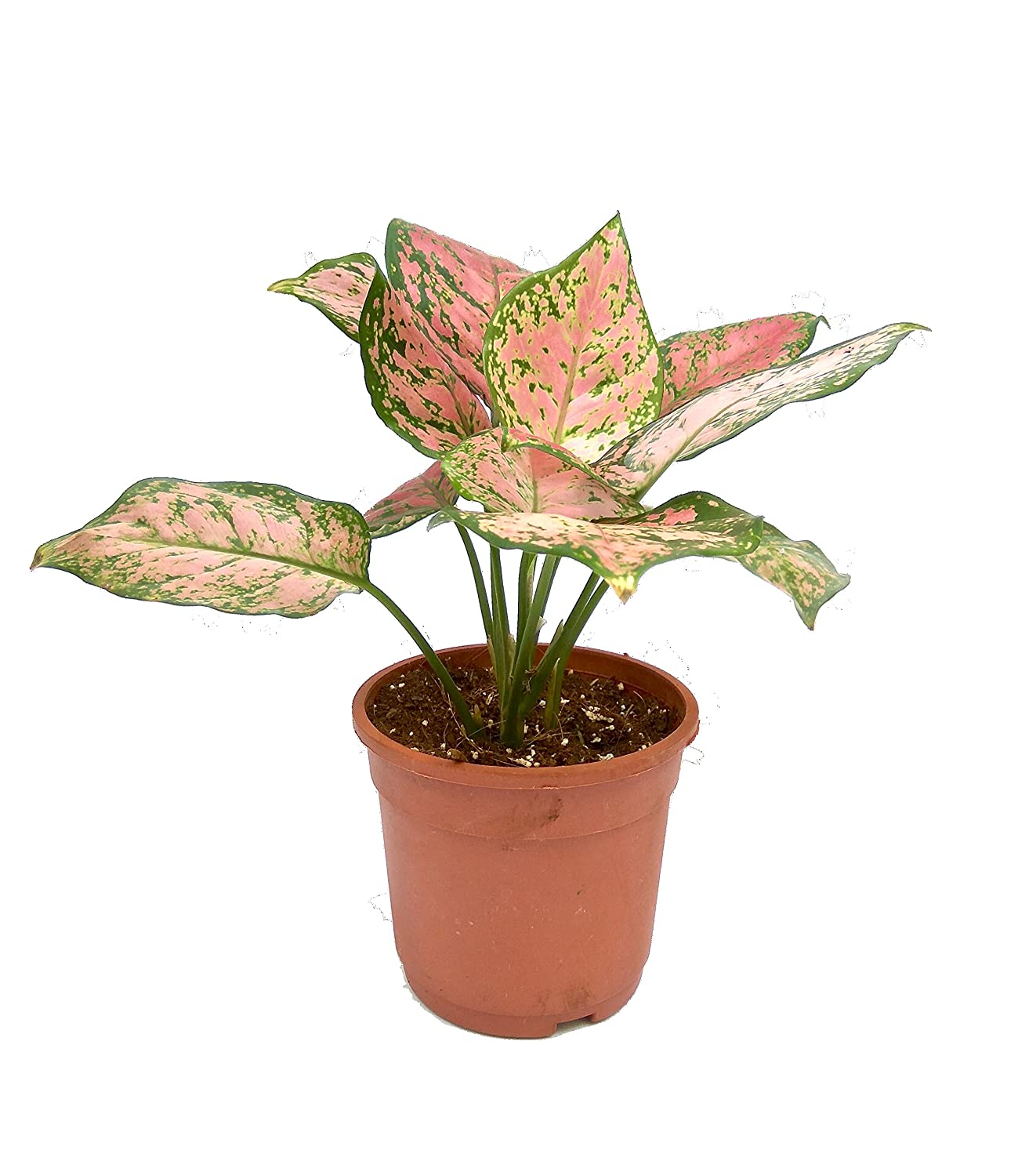
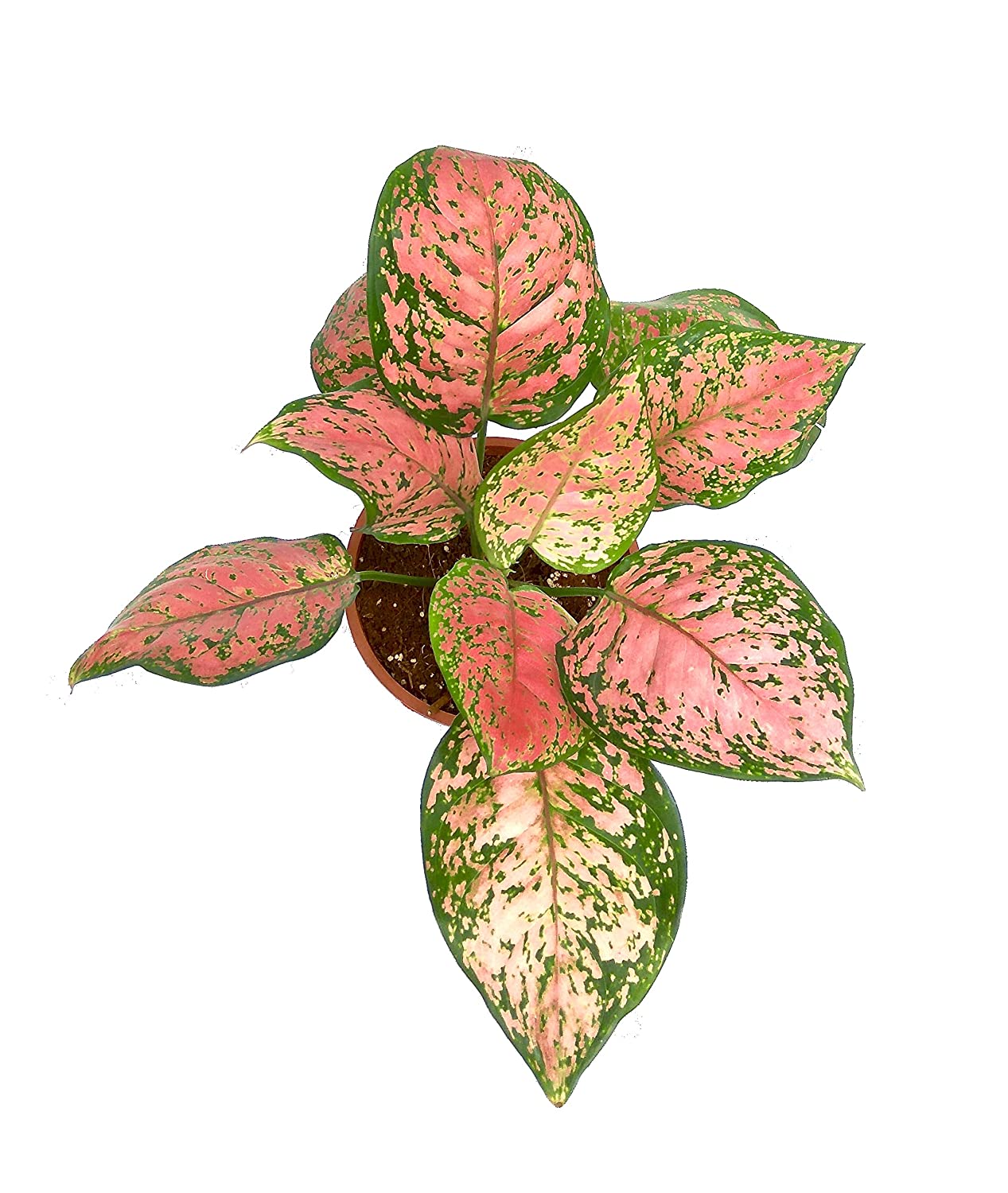
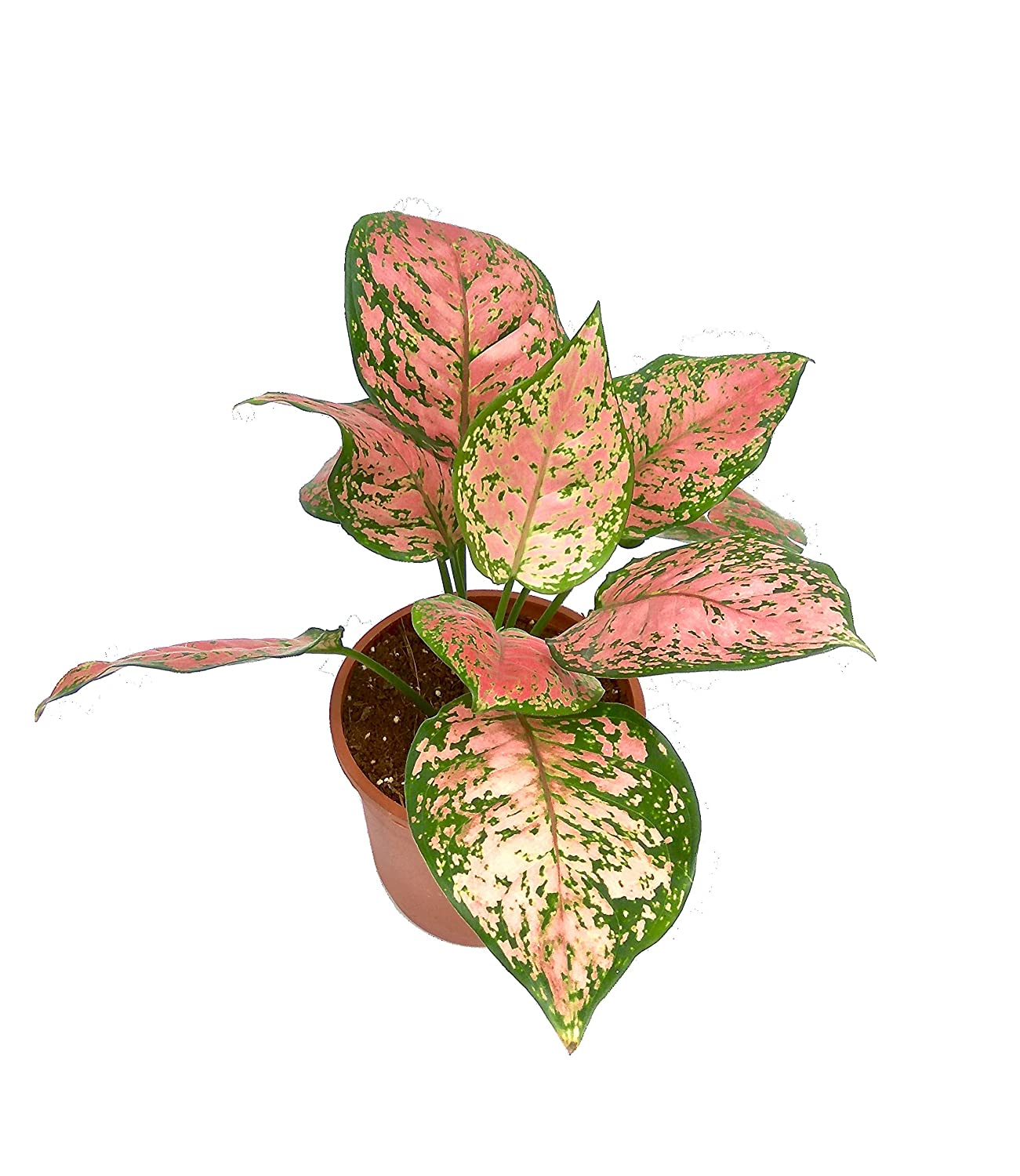
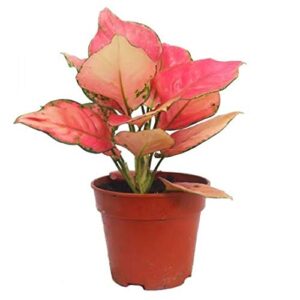
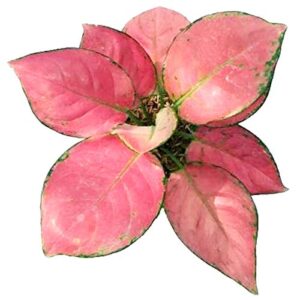

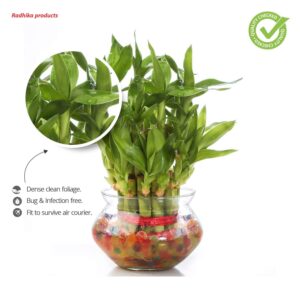
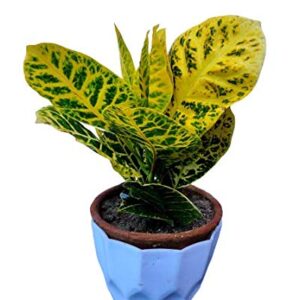

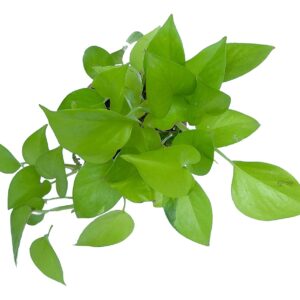
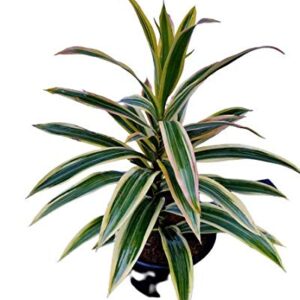

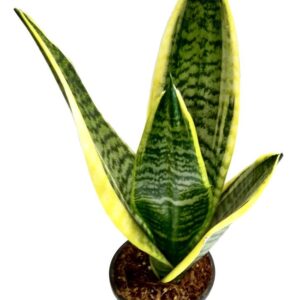
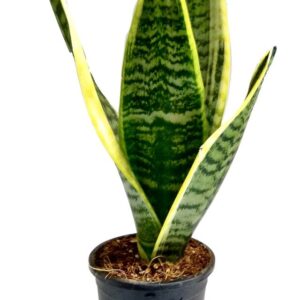
Reviews
There are no reviews yet.